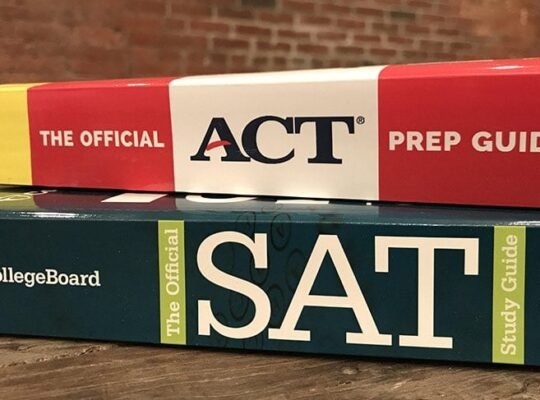What is PSAT/NMSQT?
Straight from Wikipedia:
Here’s what you need to know about it:
- Purpose: The PSAT/NMSQT serves as a practice test for the SAT, which is commonly used for college admissions. It also qualifies students for the National Merit Scholarship Program and other scholarships.
- Content: The test includes sections on Reading and Writing and Math, similar to the SAT.
- Digital Format: The PSAT/NMSQT is completely digital, making it easier to take. It provides more time per question and comes with a built-in calculator.
- Preparation: There are various test preparation methods available, with costs ranging from free to fixed or hourly rates for tutoring. Based on my experience, I advise 9th – 10th graders to take advantage of the free test prep and to sit for the PSAT during these years. The reason? Familiarity with the test format is crucial. Analyze your scores to pinpoint your strengths and weaknesses. Tailor your test preparation, study habits, and consider tutoring to maximize your chances of achieving a high score on the PSAT in your junior year, which could potentially qualify you for the National Merit Scholarship Program.
- Test Dates: It’s offered during October, both on weekdays and specific Saturdays. Double check with your high school on sign-up procedures, deadlines and the actual test date.
- Score Release: Typically, available online 4–6 weeks after the test administration. Note: make sure that you save your sign-up information and password.
- Scholarships: Many scholarships use PSAT/NMSQT scores to identify eligible juniors.
- Benefits: PSAT is the only standardized test that can offer the National Merit Scholarship program. Many universities offer additional scholarships up to full tuition.
In Summary:
The PSAT/NMSQT offers a prime opportunity to distinguish oneself from other students. To be among the top 10%, consider the following:
- Begin early; don’t wait until junior year. Familiarize yourself with the test as early as the 9th grade.
- Take the test frequently. Utilizing 9th and 10th grade as practice can pinpoint your weak areas for improvement. Remember, your score in the 11th grade is what counts!
- Consistent practice is key.
The PSAT is in October, most high schools will be letting juniors know when and how to sign-up! Usually at that time, high schools will let the 9th and 10th graders know when they can sign up as well. Make sure you are checking with your high schools’ websites and counselors.
As I reflect on my time at a local high school, I observed the growth in the number of national semi-finalists each year (21, 30, and then 45). Looking back, I believe emphasis on the test’s significance and strategies for success played a small role in the students’ achievements.






